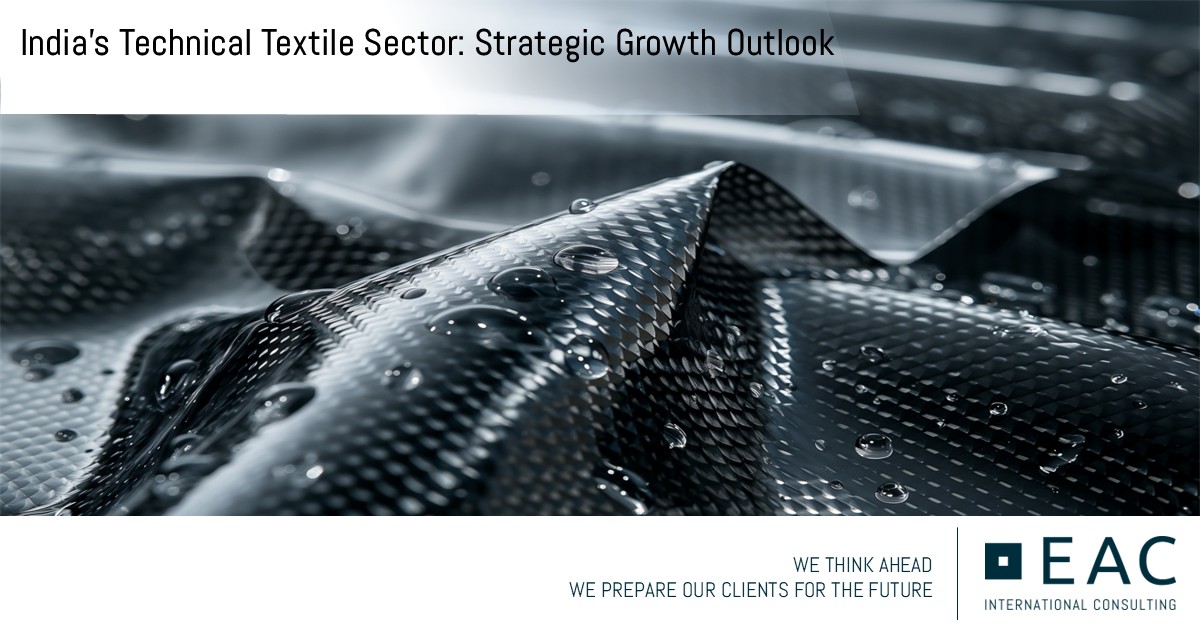Electrifying India: Accelerating the Passenger Electric Vehicle Revolution

India is currently amongst the prominent hubs for automotive manufacturing across globe, however, the Indian EV industry is still in its early stages of development and is expected to exhibit significant growth over the next decade.
By 2030, India will emerge as the 2nd largest manufacturer of passenger electric vehicles in APAC region following China with a surge of +74% in the vehicle production volume.
Passenger vehicle production in India which was 4.6 mio unit in FY’23 is expected to reach 7.2 mio units by FY’30 growing at a CAGR of 7%. During this period, share of battery electric vehicles production is expected to reach 23% (from 3% today) while hybrid electric vehicles would reach 22% (from 11%) with the remaining 55% (from 86%) production share from conventional ICE vehicle.
The key growth drivers for the expected increase penetration of electric passenger vehicles in India can be attributed to
- Strong government push and incentives
- Introduction of new affordable electric models with high customer-perceived value
- Rapid build-up of charging infrastructure across cities, and national highways coupled with reducing range anxiety considering predictable driving patterns
The Government of India (GoI) has announced several initiatives and policies including Faster Adoption and Manufacturing of Hybrid and Electric Vehicle (FAME) in India, Production Linked Incentive (PLI) Scheme for Automotive industry, PLI on Advanced Chemistry Cell (ACC) with the aim to achieve 100% local production of EVs under “Make in India” initiative.
To support EV investment, Indian states are additionally providing incentives under State Industrial Policy such as:
- Fixed capital subsidy
- Stamp duty exemption
- Electricity cost/ duty subsidy
- Water cost subsidy
- SGST/ IGST reimbursement
- Employment incentives and many more
The GoI is committed to achieve 30% electrification of total mobility by 2030. With growing interest of end-users across the EV segments, both Indian and foreign manufacturers are setting-up/ expanding their production plants in India to cater to domestic as well as exports market. In the first 10 months of 2023 itself, companies have announced ~10 bln EUR of planned investments for passenger electric vehicles production and battery assembly.
Few of the key announcements are listed below
- Passenger EV production
- Maruti Suzuki: Aims 20% sales share by 2031; EV capacity expansion to 2 mio units/ year
- Volkswagen: Localise the models planned post 2025
- Hyundai: EV sales share target of 34% by 2030
- Tata Motors: Plans to develop 10 new electric models – sales share target 50% from EV by 2030
- Tesla have rented new office in Pune (Maharashtra) alongside exploring location for manufacturing setup and product sourcing from India
- Battery assembly
- Hyundai: New unit to assemble 178,000 battery pack/ year
- MG: New battery assembly unit in Gujarat
This passenger electric vehicle boom in India offers significant business potential for component manufacturers considering the paradigm shift in component requirements compared to conventional ICE vehicles. This makes it imperative for component manufacturers to make a thorough investigation of the realistic market potential (both domestic and exports) as well as localization feasibility to thereby outline a long-term investment strategy in India.
As the automotive industry is subject to rapid changes and developments, you may connect with EAC for latest news and updates in the division of electrical vehicles and seeking more insights on its industrial reports taking place in India.
Latest
India’s Technical Textile Sector: Strategic Growth Outlook

The April tariff shockwave necessitates navigating the new trade landscape

India’s Wind Sector at Scale: Infrastructure, Investment, and Industrialization

Elevated Experiences, Broader Appeal: India’s Premiumization Trend


